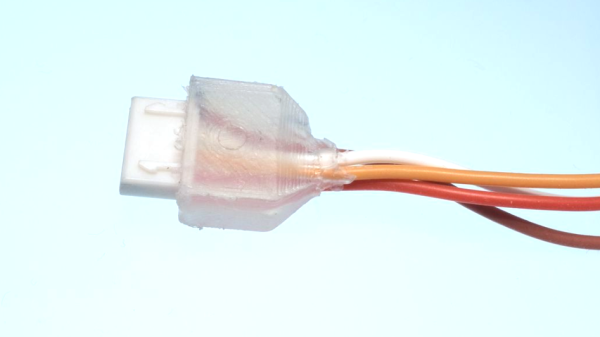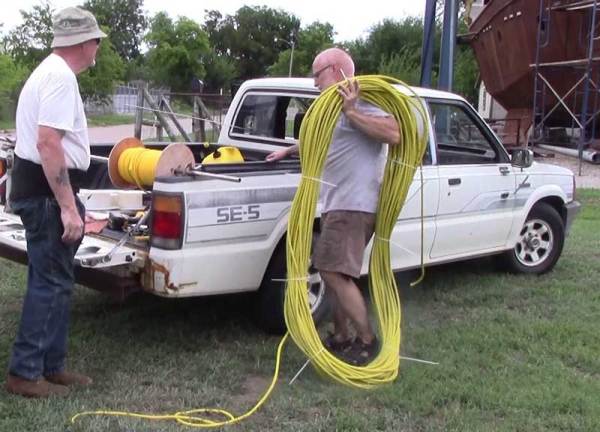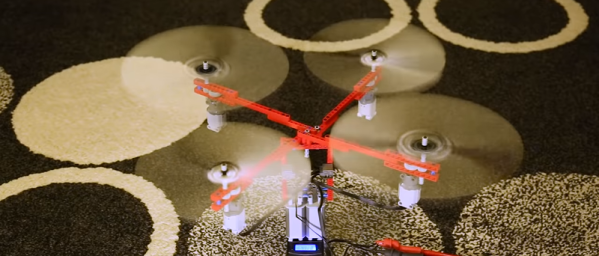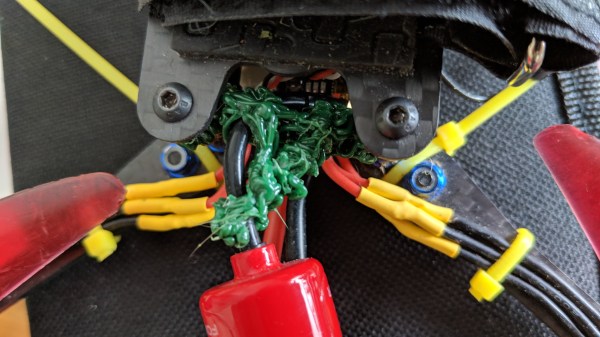Researchers from Denmark’s Aarhus University have developed a method for autonomous drone scanning and measurement of terrains, allowing drones to independently navigate themselves over excavation grounds. The only human input is a starting location and the desired cliff face for scanning.
For researchers studying quarries, capturing data about gravel, walls, and other natural and man-made formations is important for understanding the properties of the terrain. Controlling the drones can be expensive though, since there’s considerable skill involved in manually flying the drone and keeping its camera steady and perpendicular to the wall it is capturing.
The process designed is a Gaussian model that predicts the wind encountered near the wall, estimating the strength based on the inputs it receives as it moves. It uses both nonlinear model predictive control (NMPC) and a PID controller in its feedback control system, which calculate the values to send to the drone’s motor controller. A long short-term memory (LSTM) model is used for calculating the predictions. It’s been successfully tested in a chalk quarry in Denmark and will continue to be tested as its algorithms are improved.
Getting a drone to hover and move between GPS waypoints is easy enough, but once they need to maneuver around obstacles it starts getting tricky. Research like this will be invaluable for developing systems that help drones navigate in areas where their human operators can’t reach.
[Thanks to Qes for the tip!]


















